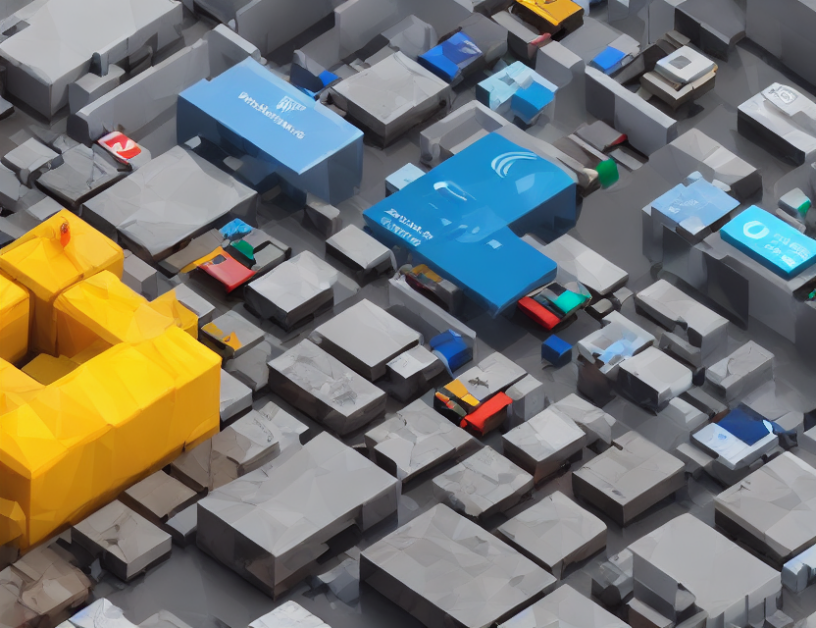In today’s digital age, securing communication networks is crucial for protecting sensitive information and preventing cyber attacks. While firewalls and intrusion detection systems (IDS) get the most attention, middleboxes are often overlooked despite playing a vital role in network security. This article demystifies complex concepts by using everyday language and engaging metaphors to explain how middleboxes work and their importance in ensuring end-to-end security.
Middleboxes: The Unsung Heroes
Middleboxes are devices or software that sit between endpoints (e.g., computers, phones) and the internet. They perform various functions, such as filtering, caching, and encryption, to ensure that data is transmitted securely. Middleboxes can be classified into three types: 1) Network Address Translators (NATs), which act like traffic cops, directing traffic to the correct destination; 2) Firewalls, which protect against cyber attacks by controlling incoming and outgoing network traffic; and 3) Intrusion Detection Systems (IDS), which monitor network traffic for signs of suspicious activity.
The importance of Middleboxes
Middleboxes are essential for end-to-end security because they provide an extra layer of protection beyond what the endpoints can offer. They help prevent attacks that might compromise data transmitted between endpoints, such as man-in-the-middle (MitM) attacks, where hackers intercept and alter messages. Middleboxes also ensure that only authorized parties can access specific resources, like a digital vault with restricted access.
Authentication and Access Control
Middleboxes play a crucial role in authentication and access control. They verify the identities of endpoints and middleboxes involved in communication, ensuring that only authorized parties can access sensitive information. This is similar to how banks use security cameras and alarms to protect their vaults from intruders. Middleboxes also limit access to specific parts of messages, like a bank teller limiting access to a customer’s account information.
Explicit Middlebox Authentication
In end-to-end security, middleboxes should be explicitly authenticated by both endpoints. This means that each endpoint verifies the identity of every middlebox involved in communication, ensuring that no unauthorized parties can interfere with data transmission. Think of it like a secret handshake between friends – only those who know the correct sequence of movements can gain access to a private gathering.
Least Privilege Read and Write Access
Middleboxes should operate in a least-privilege mode, meaning they are restricted to the minimum amount of access required to fulfill their tasks. This is similar to how doctors only need to know your medical history to prescribe medication – they don’t need access to your entire medical file. By limiting access to specific parts of messages, middleboxes reduce the risk of attacks and unauthorized data manipulation.
Limited Read Access
Even for tasks like intrusion detection or caching, middleboxes often only require partial insight into each message. Think of it like a mechanic looking only at the engine of a car to identify issues – they don’t need to know the entire car’s history to fix a problem. By limiting read access to specific fields in messages, middleboxes can detect potential threats without compromising data privacy.
Conclusion
In conclusion, middleboxes are vital components of network security that often go unnoticed. They provide an extra layer of protection against cyber attacks and ensure end-to-end security by verifying identities, limiting access, and encrypting messages. By demystifying complex concepts and using everyday language, this summary aims to emphasize the importance of middleboxes in maintaining safe communication networks. Just as how a well-equipped army needs various soldiers with different skills to defend against enemies, modern communication networks need middleboxes to protect them from cyber threats.



